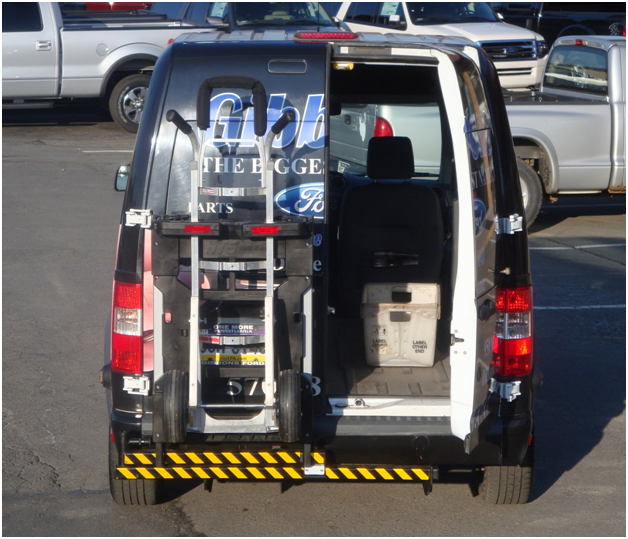Installing racks in an LCV can increase its versatility and make a major difference for your day to day operations. But there is a right way of achieving this, just as there is a wrong way.
Last year more vans were sold than ever before – http://www.parkers.co.uk/vans/news-and-advice/2017/january/uk-van-sales-figures-2016/. This means there are plenty of newcomers who need instructions on how to perform a lot of important upgrades, from plylining your van to integrating racking properly.
Take heed of the following tips to get the best results and avoid some of the major pitfalls that can often ensnare inexperienced van owners.
Plan ahead
Thinking things through before forging on with racking installation is essential, although something which many people overlook. Consider everything, from the types of items and objects you need to store, and how much they weigh, to the size of the cargo area and how regularly you need access to it.

Measure everything carefully, take payload capacities into account and think about things like wheel arches and transmission tunnels to avoid miscalculating and ending up with a setup that does not fit.
Pick materials
Installing plylining in your van then adding racks is often a cheap, easy solution to your storage needs. Sites like http://www.vehicle-accessories.net/Plylining can provide all you need to get started.
However, there are other solutions out there which may be better suited if you are planning to embrace a heavy duty racking approach.
Steel or aluminium are more expensive, but are not only tougher and more versatile than wood, but can also be simpler to maintain and clean, rather than soaking up any substance which comes into contact with them.
Avoid unsafe arrangements
Overloading a van is a major hazard, but one which too many drivers fail to consider, especially when adding plylining and racking to the cargo area.
Calculations should not only include the racking itself, but also everything from the items being stored onboard, to the driver, passenger and weight of a full fuel tank. Weight savings can be made by opting for racking which features plastic components in place of metal ones.
Finally, look at how the weight of the racking is distributed throughout the van, making sure not to pile too much weight onto a single pressure point which could result in instability and put the driver and other road users at risk.



